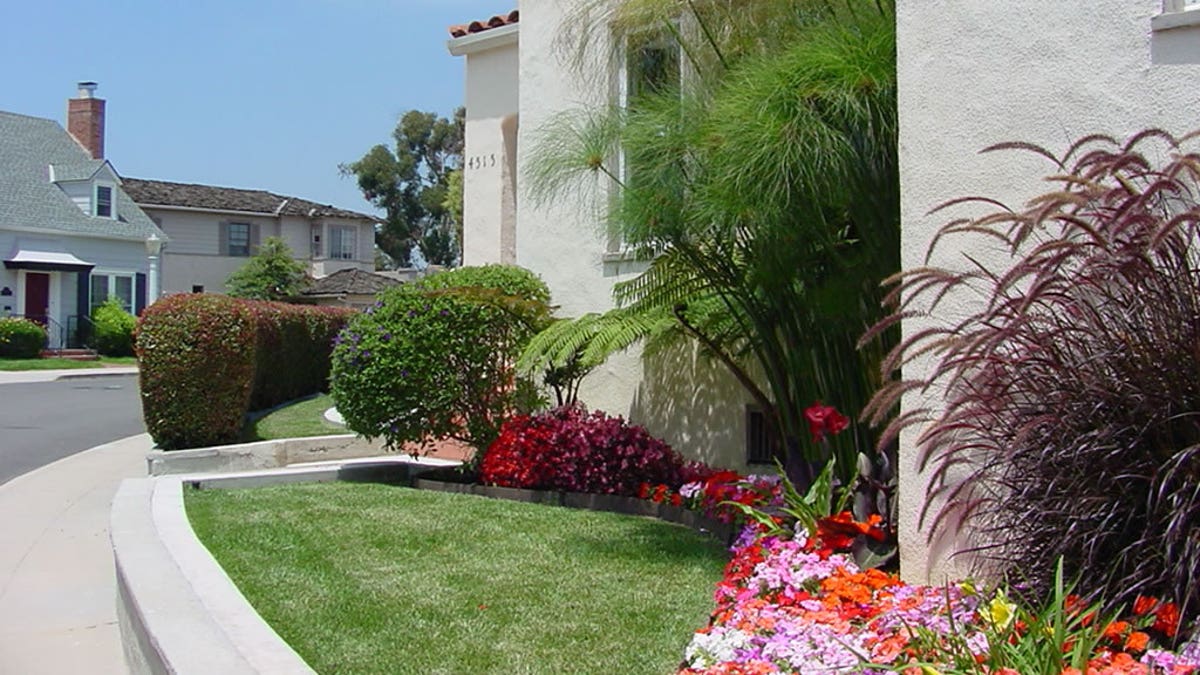
(Zillow/Allstate Blog)
It’s been a doozy of a wildfire season (Colorado’s most destructive ever), leaving homeowners wondering what safety measures they can put in place to stave off flames in the event of a fire in their own neighborhood.
Landscaping, it turns out, can be an important measure in wildfire protection.
But fire-wise landscaping isn’t just something for those dwelling on remote Western hilltops. Brush, grass and forest fires occur nearly everywhere in the United States, says the National Fire Protection Association. Here’s how your landscaping can help keep you safe.
Create "defensible" space
Most homes that burn during a wildfire are ignited by embers landing on the roof, gutters, and on decks and porches. So your first point of action should be creating a defensible space, a buffer zone around your home, to reduce sources of fuel.
Start by keeping the first 3 to 5 feet around your home free of all flammable materials and vegetation: plants, shrubs, trees and grasses, as well as bark and other organic mulches should all be eliminated (a neat perimeter of rock mulch or a rock garden can be a beautiful thing). Maintenance is also important:
- Clear leaves, pine needles and other debris from roofs, gutters and eaves
- Cut back tree branches that overhang the roof
- Clear debris from under decks, porches and other structures
Moving farther from the house, you might consider adding hardscaping -- driveways, patios, walkways, gravel paths, etc. These features add visual interest, but they also maintain a break between vegetation and your home in the event of a fire. Some additional tasks to consider in the first 100 feet surrounding your home:
...your first point of action should be creating a defensible space, a buffer zone.
- Thin out trees and shrubs (particularly evergreens) within 30 feet
- Trim low tree branches so they’re a minimum of 6 feet off the ground
- Mow lawn regularly and dispose of clippings and other debris promptly
- Move woodpiles to a space at least 30 feet from your home
Use fire-resistant plants
Populating your landscape with plants that are resistant to fire can also be an important tactic. Look for low-growing plants that have thick leaves (a sign that they hold water), extensive root systems and the ability to withstand drought.
This isn’t as limiting as it sounds. Commonly used hostas, butterfly bushes and roses are all good choices. And there are plenty of fire-resistant plant lists to give you ideas on what to pick.
Where and how you plant can also have a dramatic effect on fire behavior. The plants nearest your home should be smaller and more widely spaced than those farther away.
Be sure to use a variety of plant types, which reduces disease and keeps the landscape healthy and green. Plant in small clusters -- create a garden island, for instance, by surrounding a group of plantings with a rock perimeter -- and use rock mulch to conserve moisture.
Maintain accessible water sources
Wildfires present a special challenge to local fire departments, so it’s in your interest to be able to access or maintain an emergency water supply -- particularly if you’re in a remote location.
At a minimum, keep 100 feet of garden hose attached to a spigot (if your water comes from a well, consider an emergency generator to operate the pump during a power failure). But better protection can come from the installation of a small pond, cistern or, if budget allows, a swimming pool.
Good planning and a bit of elbow grease have a big hand in wildfire safety. In a year with record heat and drought, looking over your landscape with a firefighter’s eye can offer significant peace of mind.
Related:
- Are You Properly Insured for Your Real Estate?
- The Ins and Outs of Homeowner’s Insurance
- Tips for Fire Safety in Your Home
Guest blogger Pauline Hammerbeck is an editor for the Allstate Blog, which helps people prepare for the unpredictability of life.
Note: The views and opinions expressed in this article are those of the author and do not necessarily reflect the opinion or position of Zillow.